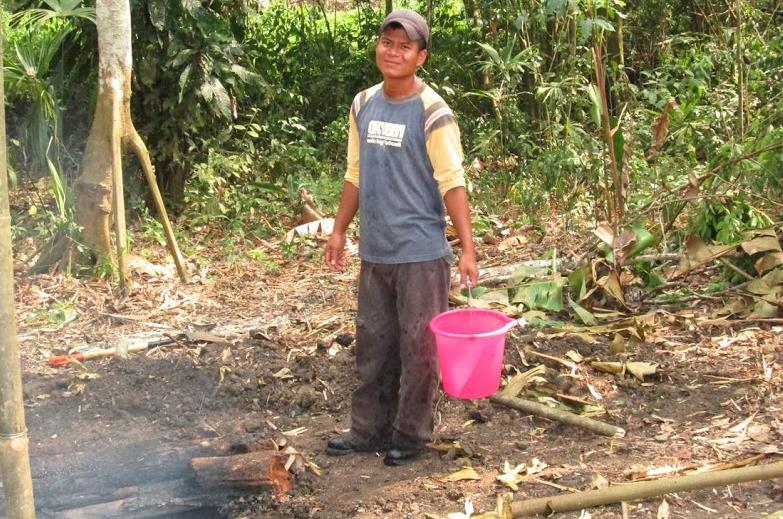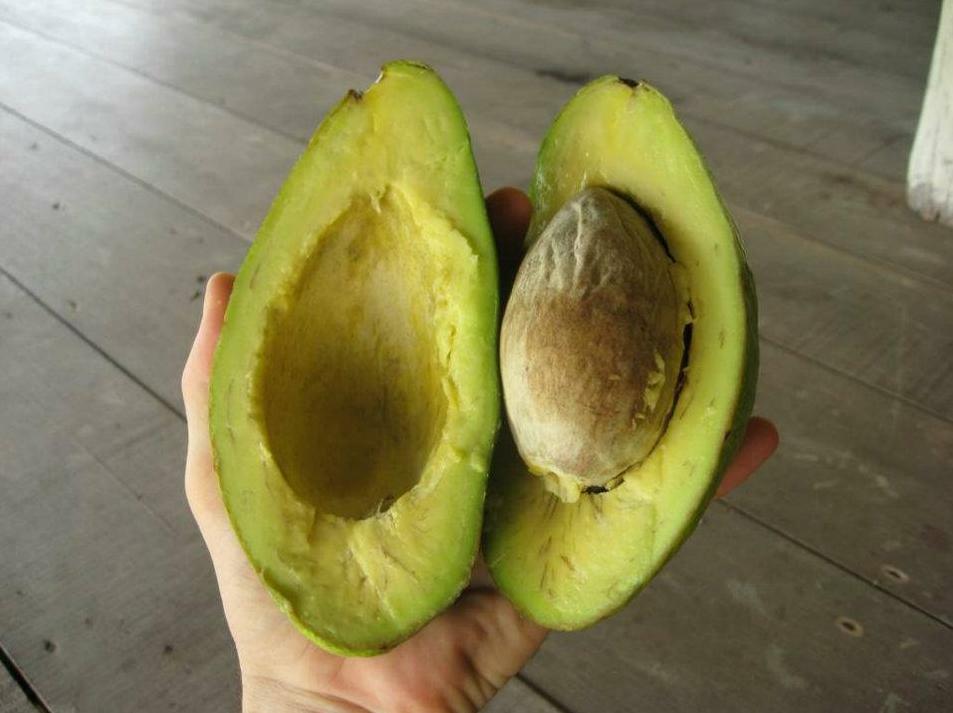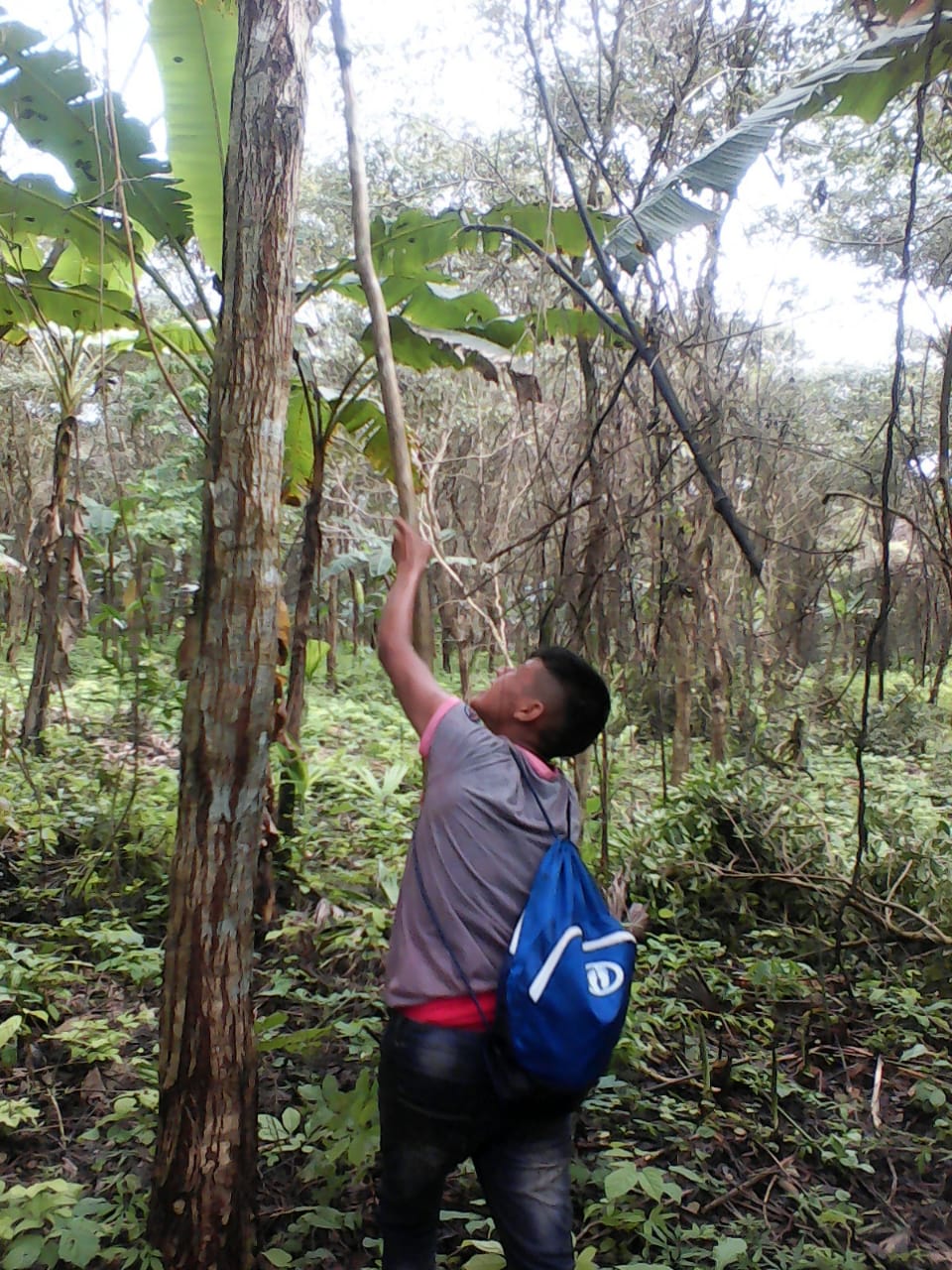Biochar, Part Deux
/ Liriano regulating the biochar burn in ArimaeBuilding on the lessons we learned during our biochar training in February, we spent the past couple of weeks experimenting with producing biochar in our Arimae location. Biochar has been used for thousands of years as a way to increase soil fertility and crop productivity, something the soils in the Darien province really need.
Liriano regulating the biochar burn in ArimaeBuilding on the lessons we learned during our biochar training in February, we spent the past couple of weeks experimenting with producing biochar in our Arimae location. Biochar has been used for thousands of years as a way to increase soil fertility and crop productivity, something the soils in the Darien province really need.
The key with producing biochar is controlling air flow to the burn—permitting as little oxygen as possible from reaching the flame. For this reason we used a pit burning method for our first batch of biochar.
Check out all the photos from the burn »
We spent a couple of days chainsawing waste logs and digging a big hole to contain the logs, then fitted the hole with a bamboo chimney to regulate air flow to the burning logs. Once we ignited the stacked logs in the pit, we covered the fire with some wood and zinc, to further restrict air from reaching the burning logs. Unfortunately, we realized that our chimney was much too narrow for sufficient air flow, so not much wood was burned. We then extinguished the fire with water, and let it cool overnight for collection the next day. The next morning, when we came to collect the biochar, we realized that we hadn’t totally extinguished the fire the day before. All that was left in the hole was ash.
Learning from this setback, we didn’t use a chimney or covering for the pit for our next couple of burns. Good results. To collect the biochar from the toasted logs, we whack the log with a shovel or a machete, the biochar chips right off, and we re-stack the log on the fire and re-ignite it to produce more.
During the last burn, we decided that we were losing too many small chunks of biochar in the soil of the pit, so we tried to burn a pyre in the open. By separating the embers from the logs as they burn, we are able to really control the fire and collect the charcoal before any of it burned to ash. Even though a torrential downpour attempted to thwart our fire-building efforts, the flames were so hot, they burned through four hours of constant rain and actually dried us as we collected the charcoal and attended to the fire.
All told, we produced six big sacks of fertilizing biochar—that’s about 300 lbs. of yield-increasing, soil-enriching goodness! If we continue biochar production, we plan to build a simple hut to protect us from the elements; since it seems the wet season has arrived, we’ll need it.
Learn more about our impact in sustainable forestry.







